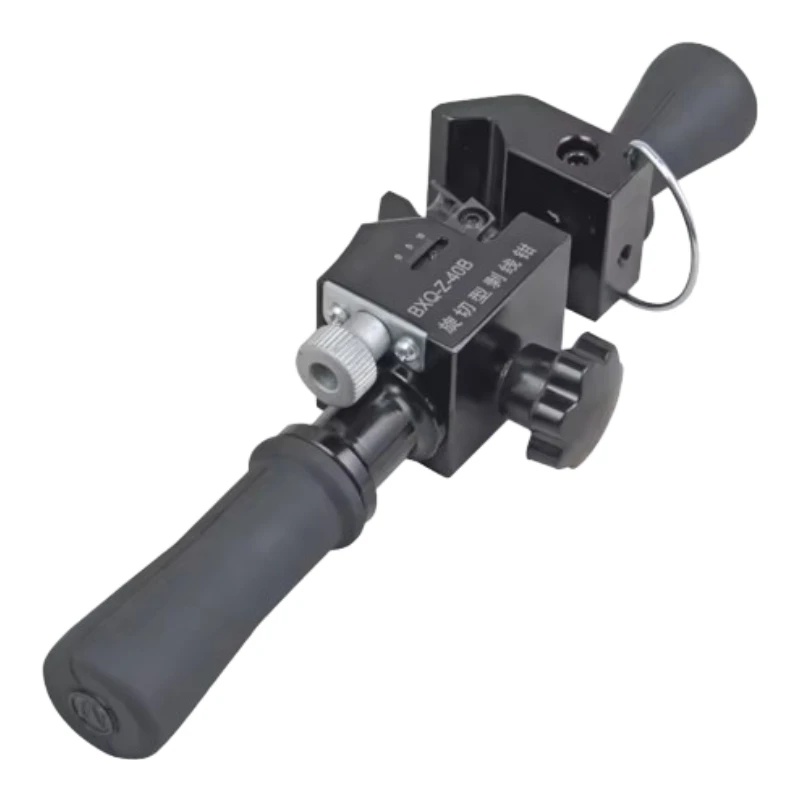
-
 Afrikaans
Afrikaans -
 Albanian
Albanian -
 Amharic
Amharic -
 Arabic
Arabic -
 Armenian
Armenian -
 Azerbaijani
Azerbaijani -
 Basque
Basque -
 Belarusian
Belarusian -
 Bengali
Bengali -
 Bosnian
Bosnian -
 Bulgarian
Bulgarian -
 Catalan
Catalan -
 Cebuano
Cebuano -
 Corsican
Corsican -
 Croatian
Croatian -
 Czech
Czech -
 Danish
Danish -
 Dutch
Dutch -
 English
English -
 Esperanto
Esperanto -
 Estonian
Estonian -
 Finnish
Finnish -
 French
French -
 Frisian
Frisian -
 Galician
Galician -
 Georgian
Georgian -
 German
German -
 Greek
Greek -
 Gujarati
Gujarati -
 Haitian Creole
Haitian Creole -
 hausa
hausa -
 hawaiian
hawaiian -
 Hebrew
Hebrew -
 Hindi
Hindi -
 Miao
Miao -
 Hungarian
Hungarian -
 Icelandic
Icelandic -
 igbo
igbo -
 Indonesian
Indonesian -
 irish
irish -
 Italian
Italian -
 Japanese
Japanese -
 Javanese
Javanese -
 Kannada
Kannada -
 kazakh
kazakh -
 Khmer
Khmer -
 Rwandese
Rwandese -
 Korean
Korean -
 Kurdish
Kurdish -
 Kyrgyz
Kyrgyz -
 Lao
Lao -
 Latin
Latin -
 Latvian
Latvian -
 Lithuanian
Lithuanian -
 Luxembourgish
Luxembourgish -
 Macedonian
Macedonian -
 Malgashi
Malgashi -
 Malay
Malay -
 Malayalam
Malayalam -
 Maltese
Maltese -
 Maori
Maori -
 Marathi
Marathi -
 Mongolian
Mongolian -
 Myanmar
Myanmar -
 Nepali
Nepali -
 Norwegian
Norwegian -
 Norwegian
Norwegian -
 Occitan
Occitan -
 Pashto
Pashto -
 Persian
Persian -
 Polish
Polish -
 Portuguese
Portuguese -
 Punjabi
Punjabi -
 Romanian
Romanian -
 Russian
Russian -
 Samoan
Samoan -
 Scottish Gaelic
Scottish Gaelic -
 Serbian
Serbian -
 Sesotho
Sesotho -
 Shona
Shona -
 Sindhi
Sindhi -
 Sinhala
Sinhala -
 Slovak
Slovak -
 Slovenian
Slovenian -
 Somali
Somali -
 Spanish
Spanish -
 Sundanese
Sundanese -
 Swahili
Swahili -
 Swedish
Swedish -
 Tagalog
Tagalog -
 Tajik
Tajik -
 Tamil
Tamil -
 Tatar
Tatar -
 Telugu
Telugu -
 Thai
Thai -
 Turkish
Turkish -
 Turkmen
Turkmen -
 Ukrainian
Ukrainian -
 Urdu
Urdu -
 Uighur
Uighur -
 Uzbek
Uzbek -
 Vietnamese
Vietnamese -
 Welsh
Welsh -
 Bantu
Bantu -
 Yiddish
Yiddish -
 Yoruba
Yoruba -
 Zulu
Zulu


Dec . 05, 2024 15:15 Back to list
manual hoist and trolley
Understanding Manual Hoists and Trolleys A Comprehensive Guide
Manual hoists and trolleys are essential tools used in various industries for lifting and moving heavy loads. These devices, which operate without the need for electricity or complex machinery, provide a safe and effective means of handling materials in warehouses, workshops, and construction sites. This article delves into the functionality, types, and advantages of manual hoists and trolleys, as well as safety considerations to keep in mind.
What is a Manual Hoist?
A manual hoist is a device designed to lift heavy objects vertically. It typically consists of a block and tackle system, a chain or rope, and a hand-operated mechanism that allows the user to raise or lower loads. The most common types of manual hoists include chain hoists and wire rope hoists. Chain hoists are generally preferred for lifting heavy loads, while wire rope hoists are used for more varied applications, including those that require a higher lifting height.
Understanding Trolleys
A trolley, on the other hand, is used in conjunction with a hoist to move loads horizontally. Manual trolleys can be attached to a beam or a track and are operated by pushing or pulling the load. There are different types of trolleys, including plain trolleys and geared trolleys. Plain trolleys are straightforward and require physical force to move loads, while geared trolleys come with a mechanism that allows for easier movement, especially when heavy items are involved.
Applications of Manual Hoists and Trolleys
manual hoist and trolley

Manual hoists and trolleys are versatile and can be used in diverse applications. They are commonly found in
1. Construction Sites For lifting heavy materials such as bricks, steel beams, and equipment. 2. Warehouses To aid in the movement of large boxes and pallets. 3. Maintenance Operations In factories or during service work for lifting machinery or tools. 4. Theatrical Productions To move sets or equipment in and out of position efficiently.
Advantages of Manual Hoists and Trolleys
One of the significant benefits of manual hoists and trolleys is their simplicity. They are easy to operate, require no electricity, and are relatively lightweight, allowing for portability and ease of storage. Additionally, these tools offer cost-effective solutions for lifting and moving materials, as they do not necessitate expensive machinery or power sources. Furthermore, their mechanical design ensures durability and reliability, making them suitable for tough working environments.
Safety Considerations
While using manual hoists and trolleys, safety must always be a priority. Users should ensure that the hoisting equipment is rated for the weight being lifted and that all components are well-maintained and inspected regularly. Proper training is critical; users must understand how to operate the equipment safely to prevent accidents or injuries. Additionally, it is essential to use the correct lifting techniques to avoid strain injuries.
In conclusion, manual hoists and trolleys are invaluable tools in a variety of settings, providing a reliable means of lifting and moving heavy loads without the need for electrical power. Their ease of use, cost-effectiveness, and versatility make them a staple in many industries. By adhering to proper safety practices, users can maximize the productivity and efficiency of their operations while ensuring a safe working environment.
Latest news
What Are Construction Tools and How Are They Used?
NewsJul.11,2025
Professional-Grade Duct Rodding Tools for Superior Cable Installation
NewsJul.11,2025
Enhancing Safety and Efficiency with Modern Hot Stick Solutions
NewsJul.11,2025
Empowering Cable Installation with Advanced Rodder Solutions
NewsJul.11,2025
Elevate Your Cable Installation Projects with Cable Pulling Tools
NewsJul.11,2025
Efficient Cable Handling Solutions: Cable Rollers for Sale
NewsJul.11,2025











